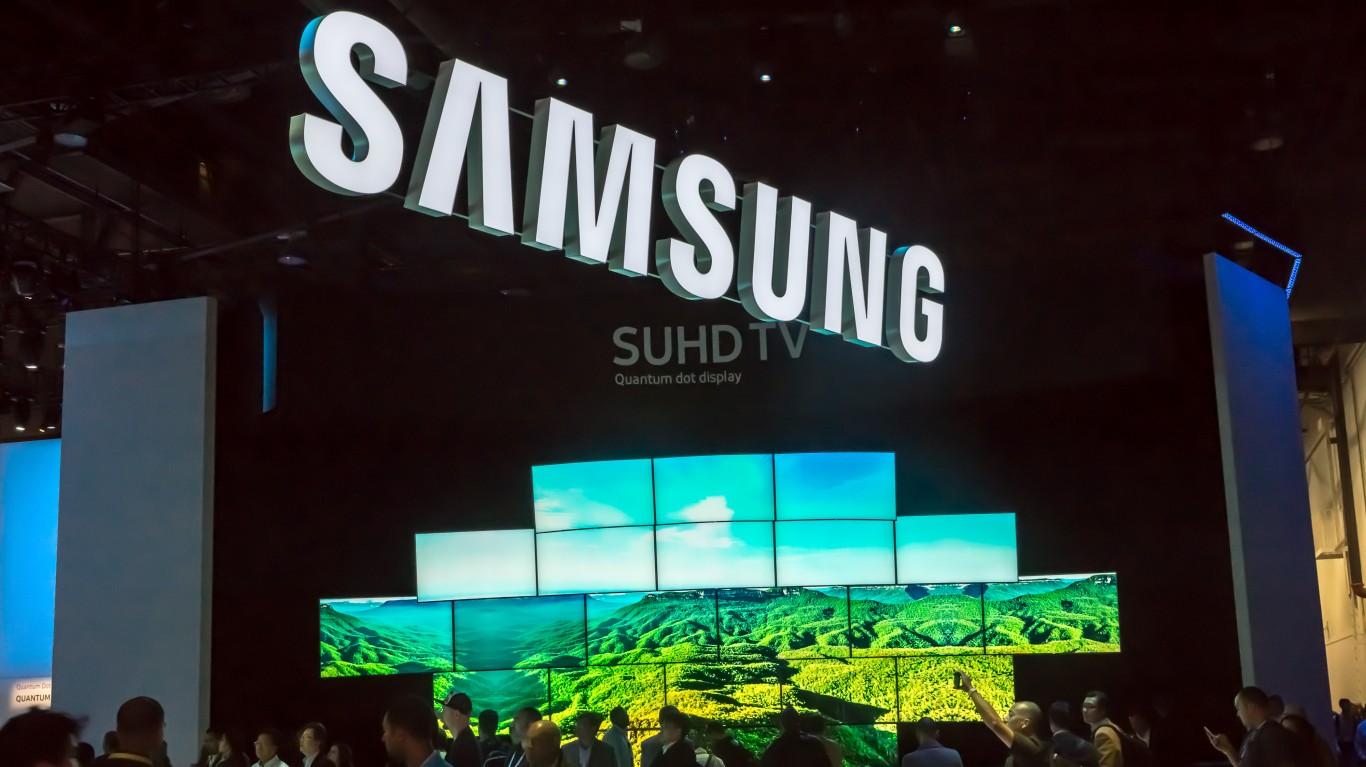
Unless you dive into the product news of every industry in the world on a regular basis, you probably miss the majority of products that are launched and subsequently flopped. We only really hear about the largest and most spectacular flops, and of those, only the products available in our market. That being said, there have been some truly impressive flops in the last ten years, more than we can include in one list. So, we’ve compiled 17 of the biggest product flops from home appliances, movies, games, and more.
For this list, we will include only those products that launched in the last decade and flopped shortly after. However, just because a product failed doesn’t mean it was a flop. Generally, a flop refers to something that was released to bad reviews, failed financially, and then was removed from the market or the company stopped producing it. Since many companies don’t publish the financial details of their product flops, it’s hard to know what the biggest financial failures have been.
Additionally, products or services that were outright scams or fake will not be included on this list, since those aren’t really flops. Things like Theranos, Fyre Festival, FTX, and arguably, Elon Musk’s Hyperloop which might have been a scam to derail public high-speed train construction in California, are not included. Failed crowd-funding campaigns are not included. Other products, like Meta’s Horizon Worlds, which have faced bad reviews, cold public reception, and mockery, are also not included since they are still live offerings and available for use.
1. Google Stadia
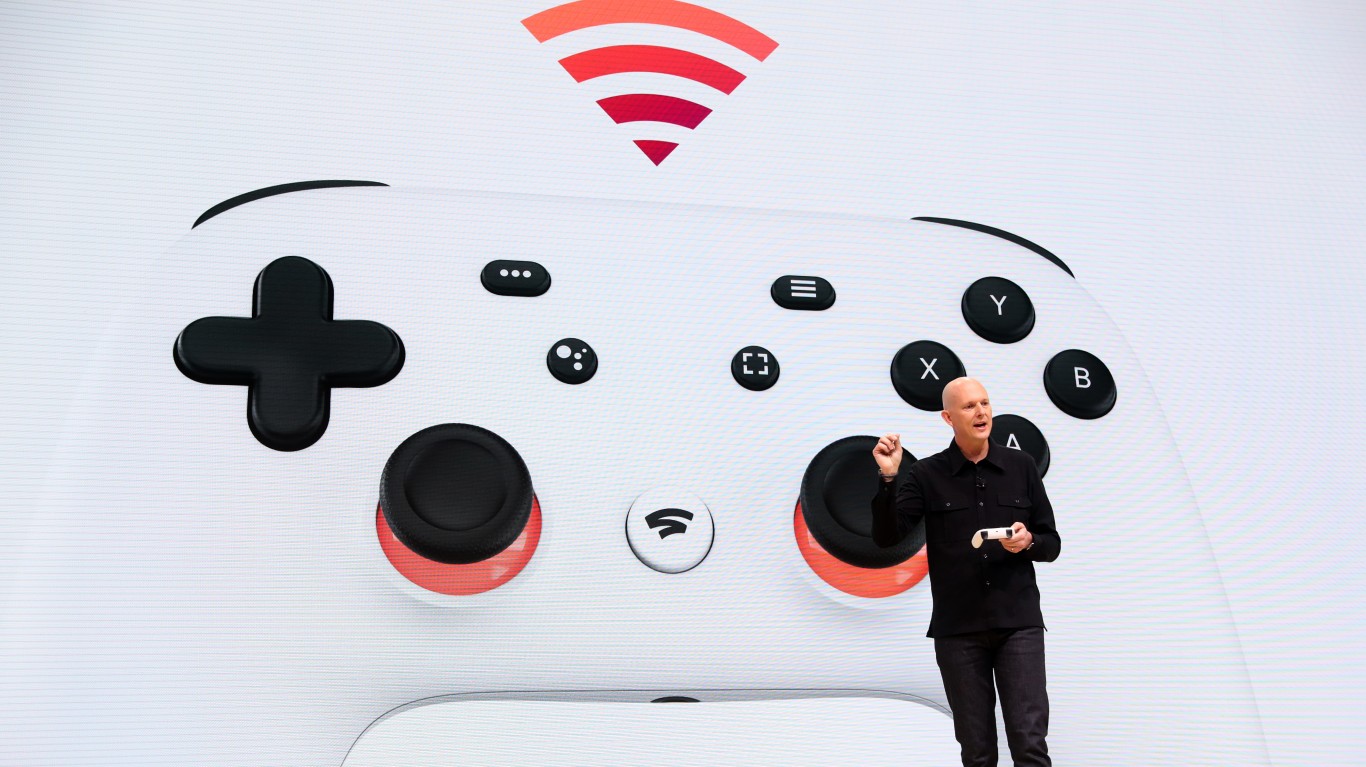
- Life: 2019–2023
The Stadia was a cloud gaming device built by Google. It was meant to be the new alternative to traditional physical gaming options and compete directly with cloud gaming. The original plan included in-house game development and other features that would make it the dominant gaming platform in the industry. It was entirely cloud-based, with no option for downloading games or using physical games.
Before release, Stadia received generally positive reviews. After release, however, the story was much different. It launched in 2019 and received mixed reviews. Reviewers complained about the image quality and the lack of physical or digital games. The cloud-only aspect of the system was a major drawback for customers. Games constantly struggled to run at high settings. Of those who bought a Stadia at release, many complained that they felt like they had purchased a beta release, and not a finished product. There were not many games and most of the features Google promised were never implemented.
As early as 2020, Google stopped making announcements about the Stadia besides any free game additions to the meager cloud library. Even over a year after the launch, customers were still waiting for promised features and capabilities. In 2021, Google shut down Stadia Games and Entertainment, meaning the promise of in-house games was broken, and six high-level executives left the company. Finally, in 2022, Google shut down Stadia and refunded the cost of the product to all customers who purchased one.
2. Juicero Juice Press

- Life: 2016–2017
Juicero was founded in 2013 and launched its first product, an expensive juice press, in 2016. Juicero represents everything wrong with tech-focused innovation for innovation’s sake and embodies the worst aspects of consumer appliances that everyone but the ultra-wealthy find annoying and ridiculous.
The Juicero juice press was a $699 kitchen appliance featuring Wi-Fi connectivity and used single-serve packets of chopped fruits and vegetables to create a cup of juice. Only Juicero packets could be used, which could only be bought on the company’s website and cost up to #7 each. The device had to scan a QR code on each packet before it could be used. Shortly after release, however, journalists and customers realized that it was easier to just squeeze the packets themselves instead of using the expensive machine. Because of this, and the absolutely ridiculous nature of the product, sales were slow and reviews were bad. Juicero reduced the price of the machine to $399 in 2017. Instead of focusing on improving their product, Juicero spent most of its time suing rival juicing companies.
The company, along with the product, failed in late 2017. Reviews in The Guardian described Juicero as a perfect example of “the absurd Silicon Valley startup industry that raises huge sums of money for solutions to non-problems.”
Juicero managed to swindle $120 million in startup capital from investors and former Coca-Cola North America president Jeff Dunn took control of the company in 2016, proving that money is no measure of intelligence or business skill.
3. Keurig KOLD

- Life: 2015–2016
Yet another example of bloated tech companies trying to sell an expensive product to solve a problem that doesn’t exist. The Keurig KOLD was a large, bulky, noisy, expensive, slow, and ultimately pointless device that Keurig tried to sell shortly after Coca-Cola bought a $1 billion stake in Keurig. Like their coffee pod machines, the Keurig KOLD created cold soft drinks from pods sold by the company. The problem was, that people didn’t want this ability, and even if they did, the machine wasn’t very good at doing it anyway.
The machine cost $370 and a pack of four pods cost $5, all for doing something more complicated than buying your own soda at the store and putting it in your fridge. The cost of a Keurig KOLD drink was about three times as expensive as a normal can of soda. Consumers complained that the portions were too small and couldn’t be adjusted, the flavor and carbonation weren’t as good as regular cans of soda, the machine was extremely loud and prone to overheating, it made a constant humming noise when not in use, and was too large to fit in most kitchens. Keurig canceled the product in 2016.
The Keurig KOLD is a perfect example of companies not understanding who their customers are or what they want. But that didn’t stop them from trying again. In 2019, Keurig Green Mountain (which developed the Keurig KOLD) developed and sold another kitchen beverage device called the Drinkworks Home Bar) after merging with Dr. Pepper Snapple Group. It failed. They discontinued the product in 2021 and offered refunds to everyone who bought one
4. CNN+
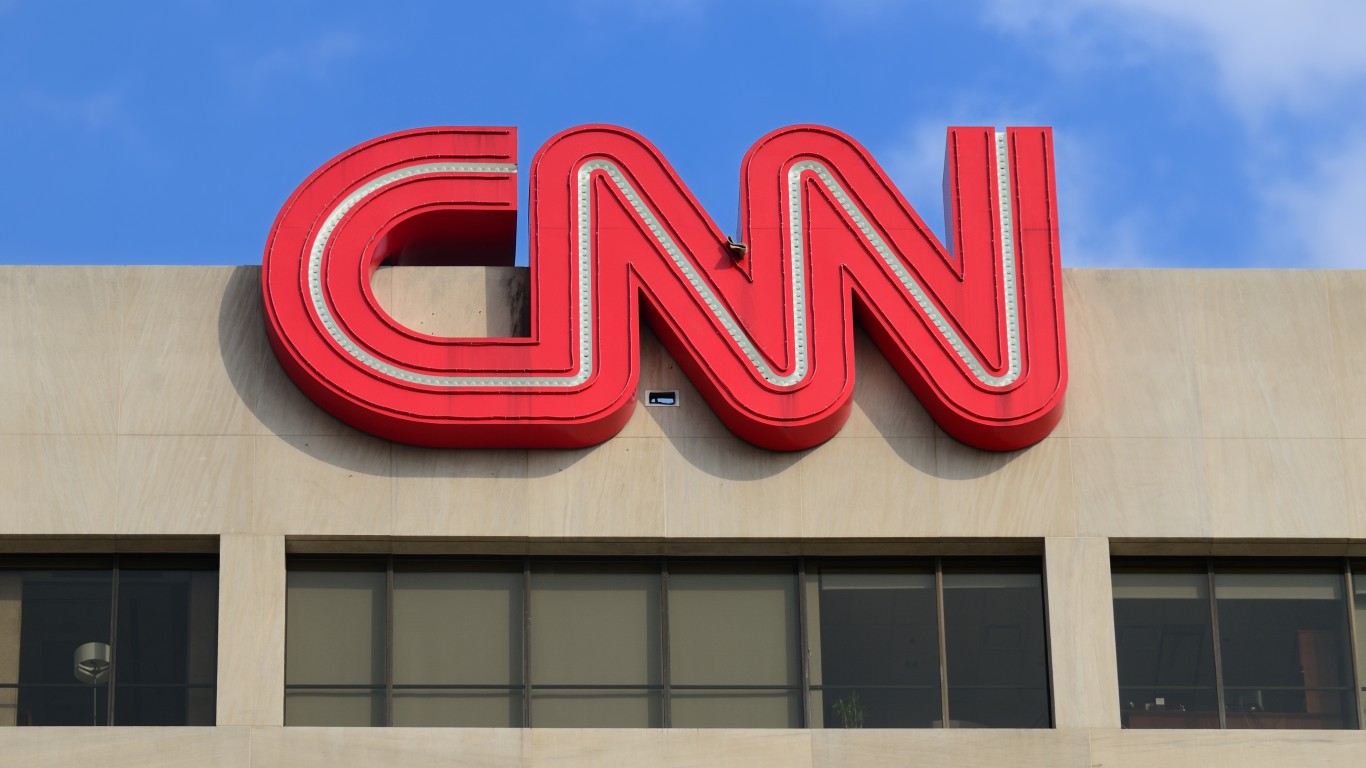
- Life: March 2022–April 2022
CNN+ was Warner Bros. Discovery’s ill-conceived attempt to join the streaming wars and carve out a piece of the digital streaming pie. It launched, lived, and died all within thirty days, highlighting how bad of an idea, and how spectacular a flop it truly was.
Company executives called it “the evolution of video and news” and “the most important launch” ever since CNN was founded in 1980. It included original programs and an interactive community with viewers. CNN spent $300 million on the service in total.
What CNN didn’t know, apparently, is that most people don’t want a 24-hour news streaming service, especially one they have to pay for. Rising generations don’t care about news personalities and don’t get their news from corrupt megacorporations. When it launched in March of 2022, what few subscribers it managed to gain complained that there was no live or on-demand CNN content. CNN originally planned to have 2 million subscribers within a year, but after two weeks they had already fallen to less than 10,000 regular viewers, by April the total number of subscribers was only 150,000. It was shut down in April. CNN+ was only one casualty of the greedy and bad-faith business decisions at Warner Bros. Discovery at the time which resulted in many shows being canceled, deleted entirely, and more.
5. Samsung Galaxy Note 7
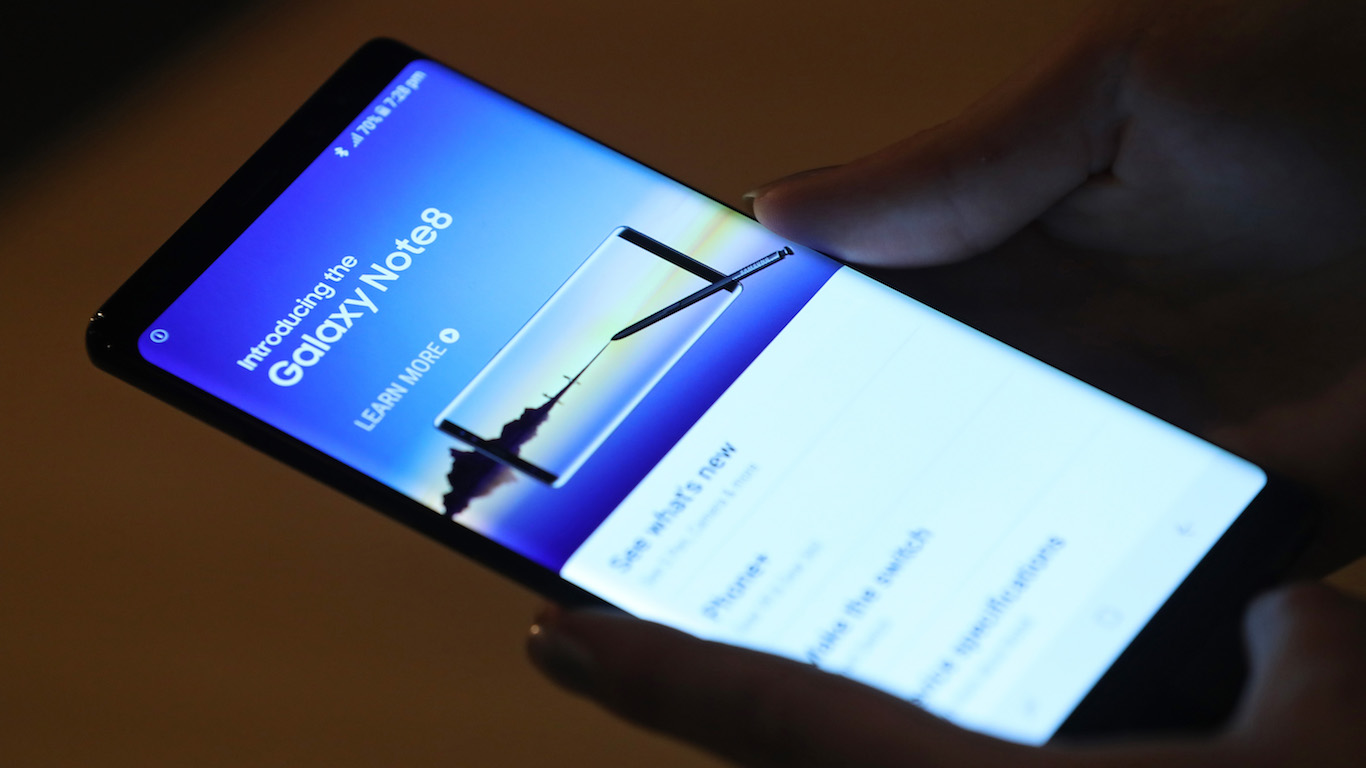
- Life: August 2016–September 2016
Everything about the Samsung Galaxy Note 7 indicated that it was going to be just another expensive and unnecessary annual smartphone release with incremental changes or improvements from the previous year. Little did everyone know that this was going to be the most explosive phone yet!
Shortly after release customers began reporting that their phones were either catching fire or outright exploding. Samsung announced a recall on September 2, and the United States announced a formal recall on the 15th. Samsung replaced the destroyed phones with an improved version with new hardware. However, these replacement phones also caught fire and exploded! Samsung finally recalled the entire product line on October 10 and ceased production of the device. In order to safely return their phones, Samsung sent customers a fire-proof box for shipping and issued a software update to some phones to eliminate their ability to function entirely.
The production and recall of the Samsung Galaxy Note 7 cost the company around $17 billion, dropping Samsung’s profits by about 33%.
Industry experts criticized Samsung’s slow reaction to the exploding phones, and their poor communication with the U.S. Consumer Product Safety Commission, since they had known the issue was occurring but waited to act until it became a more serious issue.
6. Amazon’s Fire Phone

- Life: 2014–2015
If there’s one thing we can learn from this list, it’s that just because a large company throws vast amounts of money at a product, that’s no guarantee it will be any good, especially if there’s no real passion behind it. Enter the Fire Phone.
The phone included dated technology and an operating system that wasn’t actually finished. It was comparatively expensive, which prevented would-be adopters from migrating away from their current devices. There have been much worse phones in the past, but Amazon was hoping to compete with the top industry options, so only a near-perfect phone would be able to convert iPhone and Android users. The Fire Phone was nowhere near perfect, it was mediocre in almost every way. It had no powerful differentiating factor that customers actually wanted.
Greenpeace even called the Fire Phone the most polluting phone ever, built with non-renewable sources of energy. Amazon’s counterargument led to thousands of people leaving one-star reviews of the phone on Amazon’s own website.
Anything good customers had to say about the phone was actually about everything except the phone itself, like the headphones sold with every device and the Firefly tool. In the end, the development of the phone cost $170 million, which Amazon did not make back. It was left with $83 million in unsold inventory. Amazon executives blamed the high price point for the phone’s failure.
7. Game of Thrones Season Eight
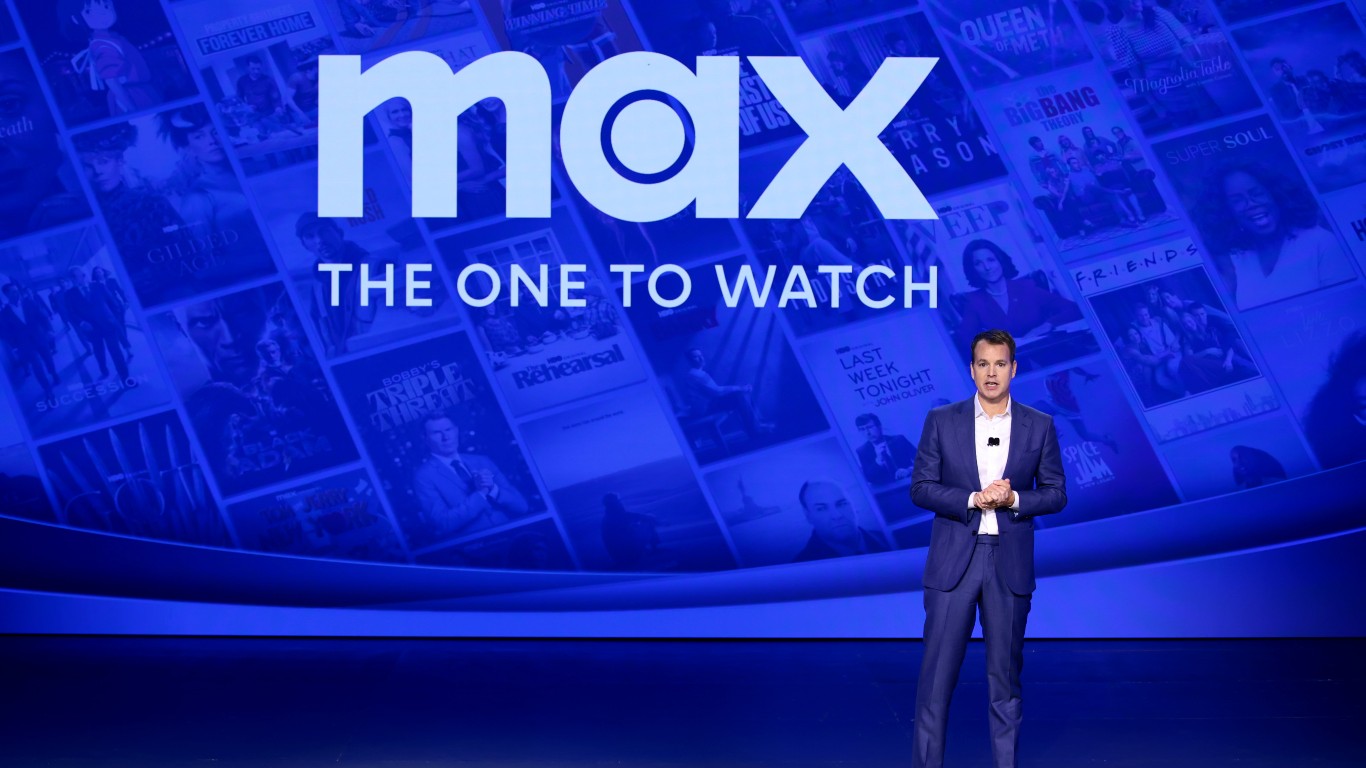
- Life: April 2019–May 2019
The eighth and final season of HBO’s record-breaking and extremely successful fantasy drama is widely considered a flop, not because of any commercial or awards shortcomings, but because of its inability to live up to the quality of the seasons that came before. This is an entertainment flop.
Game of Thrones Season Eight was released to mixed critical reviews and extremely negative audience reviews. Overall, it stands at a 55% audience approval rating on Rotten Tomatoes, the lowest of all eight seasons. Watchers complained about the poor writing, short episodes, and cutting of character arcs in favor of expensive set pieces. The story that had been built up over seven seasons did not pay off in the final episodes, and audiences generally feel that nothing was resolved satisfactorily. Characters did not act in a way consistent with their past writing, and the seasons felt rushed. The complex political and emotional intrigue that made the books and earlier seasons so successful were forgotten and replaced with typical, boring writing that drove the story toward exciting sequences.
A petition was launched on change.org calling for more competent writers to remake the eighth season. Some actors in the show complained about the writing of their characters and where they ended up.
8. The Day Before

- Life: December 7, 2023–December 11, 2023
The Award for the quickest flop on this list goes to The Day Before, a multiplayer survival horror extraction shooter video game developed by Fntastic. It is similar to games like Escape from Tarkov set in a zombie-infested city.
During development, The Day Before began to raise eyebrows and drew accusations of plagiarism and asking for unpaid labor. Throughout development, the company and the game were mired by lawsuits and accusations that the game was a scam that was using assets from other games to create a cheap product that they would sell for full price. However, due to the interesting premise, it became the most wish-listed game on Steam in May of 2022.
When it was released, reviewers called it a disappointment in every way and one of the worst games they’d ever played. A boring game design and a host of technical issues plagued the game. It was an incredibly basic and unimaginative game with no substance. It failed commercially, with an “overwhelmingly negative” aggregate review on Steam. After four days, the player count had dropped by 90 percent.
On the fourth day, Fntastic announced it was a financial failure and it was pulled from the Steam store. Fntastic had to close because of the financial flop and ceased operations.
9. The Lord of The Rings: Gollum
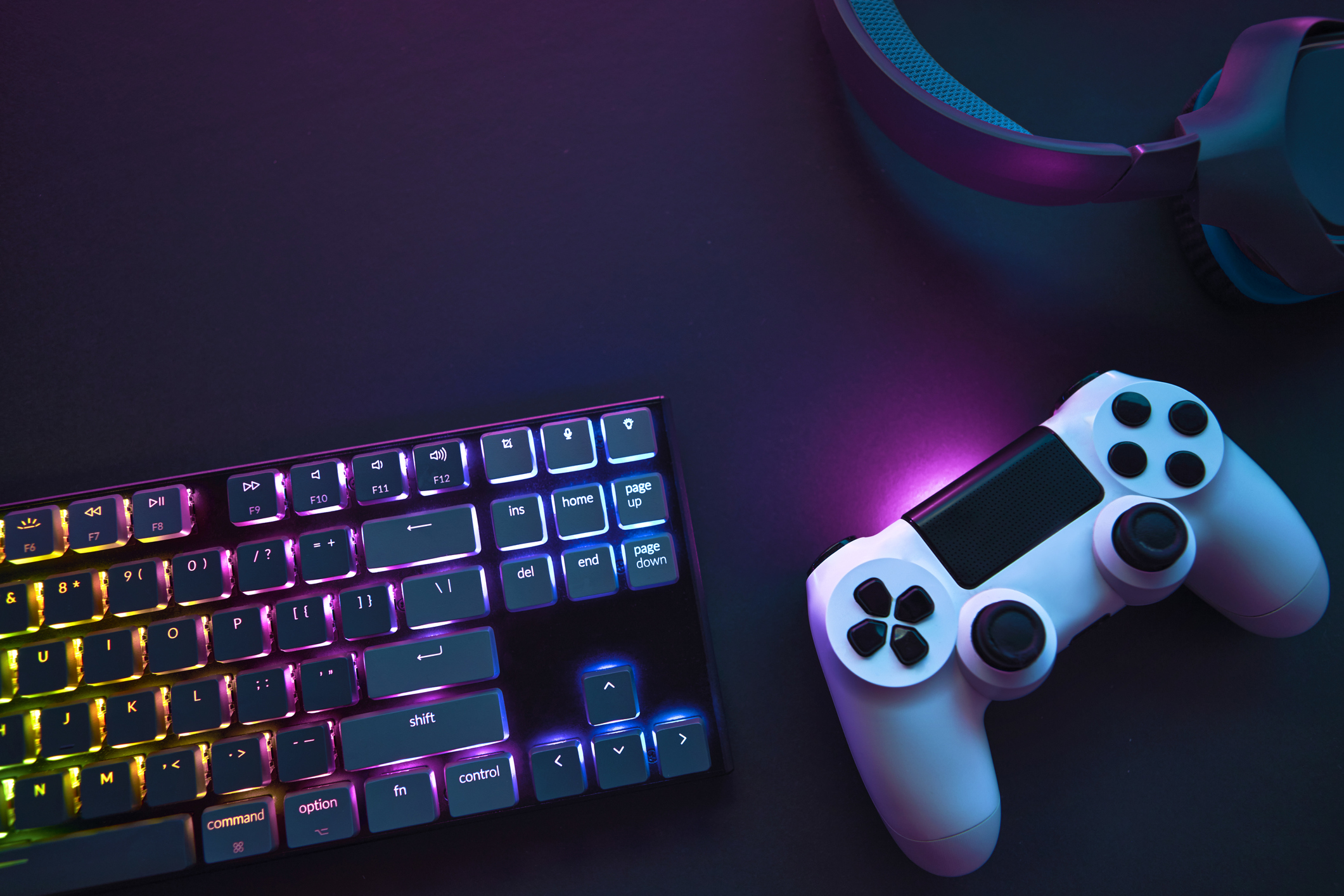
Top down view of colorful illuminated gaming accessories laying on table. Professional computer game playing, esport business and online world concept.
- Life: May 2023
The latest of recent attempts to adapt and monetize Tolkien’s legacy without appreciation for the source material or the audience, naturally leading to disappointing results, The Lord of The Rings: Gollum is the worst game of 2023 according to Metacritic.
It received near-unanimous negative reviews immediately after release.
The Lord of The Rings: Gollum performed so badly, in fact, that the developer, Daedalic Entertainment was forced to cancel a second Lord of the Rings game, close their development division, and fire staff. Former staff said that management forced poor working conditions on their staff, which impacted development. Allegedly, the company forced employees to work unpaid overtime, paid below minimum wage, abused employees, and created a toxic work environment. The company issued an AI-generated apology statement. It is unfortunate that talented and passionate creatives are the ones who are punished for the poor decisions of management.
10. Strange World

Mickey Mouse at Disney World
- Life: November 2022
Of the biggest movie flops ever, most of the top spots belong to Disney (NYSE:DIS), with a majority being the live-action remakes or adaptations of park rides. Their biggest flops include John Carter, The Lone Ranger, Mars Needs Moms, Tomorrowland, Turning Red, Jungle Cruise, Mulan, and many more. In the last ten years, however, the title of biggest flop belongs to Strange World.
Despite receiving positive reviews, Strange World only grossed $73.6 million at the box office, resulting in a loss of $179 million for Disney. It was the worst Disney Animation release in modern times. Many reasons have been put forward for why the movie did so badly even though it is generally accepted as a good movie. These include conservative backlash and homophobia over the inclusion of gay characters, the COVID-19 pandemic, poor marketing strategies, and more.
11. Mortal Engines

- Life: November 2018
If the losses of Strange World are impressive, Mortal Engines blows it out of the water with one of the biggest box office flops of all time. It earned only $83.7 million worldwide, with a final loss of around $204 million (when adjusted for inflation).
Even though it is based on the successful Mortal Engines book series, the movie adaptation has a 26% approval rating on Rotten Tomatoes. Reviewers and audiences complained that it is packed with amazing special effects but no narrative substance to actually make you care about the characters or the story.
The author of the original series praised the work done in the movie, but it was not enough to convince audiences to buy tickets.
It’s Your Money, Your Future—Own It (sponsor)
Retirement can be daunting, but it doesn’t need to be.
Imagine having an expert in your corner to help you with your financial goals. Someone to help you determine if you’re ahead, behind, or right on track. With SmartAsset, that’s not just a dream—it’s reality. This free tool connects you with pre-screened financial advisors who work in your best interests. It’s quick, it’s easy, so take the leap today and start planning smarter!
Don’t waste another minute; get started right here and help your retirement dreams become a retirement reality.
Thank you for reading! Have some feedback for us?
Contact the 24/7 Wall St. editorial team.



